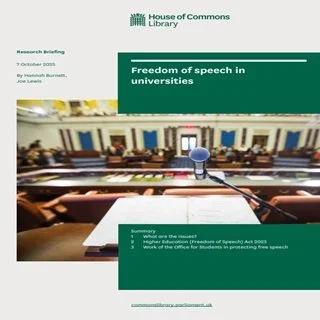By Renata Glavak-Tkalić, Mike Vuolo, Anja Wertag
Background: Nightlife environments, including nightclubs, bars, and entertainment districts, are associated with elevated substance use and related harms. In situ nightlife studies offer an opportunity to capture real-time data on substance use from targeted populations. Despite the growing number of studies, no systematic review has yet been conducted on this topic. Therefore, the aim of this systematic review is to explore empirical in situ research in nightlife settings, with a focus on substance use. Methods: A systematic search was conducted across four databases (WOS, PsycInfo, PubMed, and Google Scholar) for English-language peer-reviewed journal articles published between 2014 and 2023 that involved in situ primary data collection about substance use in nightlife settings. In total, 55 articles met the inclusion criteria. Detailed data were extracted on various aspects, such as study design, recruitment methods, substances reported, and key findings. Results: Included studies represented the United States, Europe, Brazil, and Oceania. Most (93%) employed surveys; over half (56%) also collected biomarkers. Substance use was highest among males, young adults, and sexual minorities, with polydrug use and high-risk behavior particularly prevalent in Electronic Dance Music scenes. Included articles varied substantially in their focus, including prevalence, correlates, patterns, harms, and interventions. Recruitment and reporting methods varied widely, complicating cross-study comparisons. Conclusions: This review highlights both the value and challenges of in situ research. Biomarker data enhance the reliability of self-report measures, while inconsistent reporting and non-random sampling limit generalizability. Future research should adopt standardized reporting guidelines that would allow for stronger evidence, permit reproducibility, and increase transparency
Drug and Alcohol Dependence Reports 8 October 2025, 100387 In Press, Journal Pre-proof




